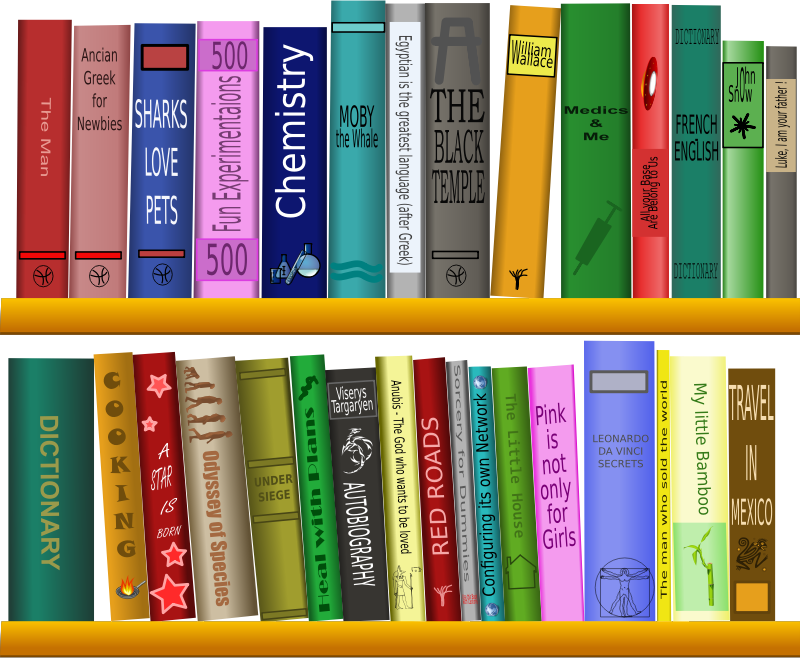Available at Amazon only
Free with Kindle Unlimited
Intuitive Tarot Reading*
Nonintuitive Rehash of Familiar Tarot Information
The title states that this book will look at intuitive tarot reading, and the blurb further suggests that the tarot is a pathway into the subconscious. While I agree with the latter as a long-time tarot reader, I do not believe that either promise was actually delivered in this book. Instead, the book seems to be a compilation of some common themes in tarot books or on tarot websites–like how to pick a deck, how to attune your deck, and how to get ready for a reading as well as some very basic spreads or draws–but is mostly taken up with a brief description of each of the 78 cards of the tarot along with its upright and reversed readings and its possible meanings if it comes up in a spread about finances, love, or work. I found these sections on each card to be little more than what you read in the little white book for each deck; nothing in particular is added to help improve intuitive reading. There’s a brief section about how the cards work that follows these descriptions of the cards; for structural purposes, I think this would have been better put with the beginning background information.
Some of the tips in the general section seem a little fussy and pedantic to me as someone who has been tarot practitioner for a long time; I suggest using your intuition to see if her suggestions feel right to you. I did think, though, that the information about asking the right questions what’s a good one.
The table of contents is a hot mess, and I actually don’t think it is terribly helpful for navigation around the text. Why is this? The author has made a clickable link for not only every chapter but every heading and subheading in each chapter. So in my Kindle, the table of contents goes on for screens and screens, especially when you hit the section on the card descriptions. Not only is the card name a clickable link, but the three sections that the author has written for each card are also clickable links– for each and every card.
There are also some formatting issues within the main text itself. I did receive an advance review copy, so I hope these formatting issues will be taken care of in the published version of the book. For instance, within the card description section, sometimes what should have been separate paragraphs all ran together. This is beyond the first 10% of the book at Amazon, so I couldn’t see if these had been fixed. There are definitely issues with grammar, punctuation, and usage. The reference section was formatted oddly, vaguely reminiscent of college paper reference sections. There was another odd thing as well. The author put out a call for reviews in the middle of the book—with a graphic and everything—and that was rather distracting and offputting.
For all of these issues, I would say that you could find better books on tarot in general, and you will certainly want to look for a different book if you truly want one that is about intuitive tarot reading.





